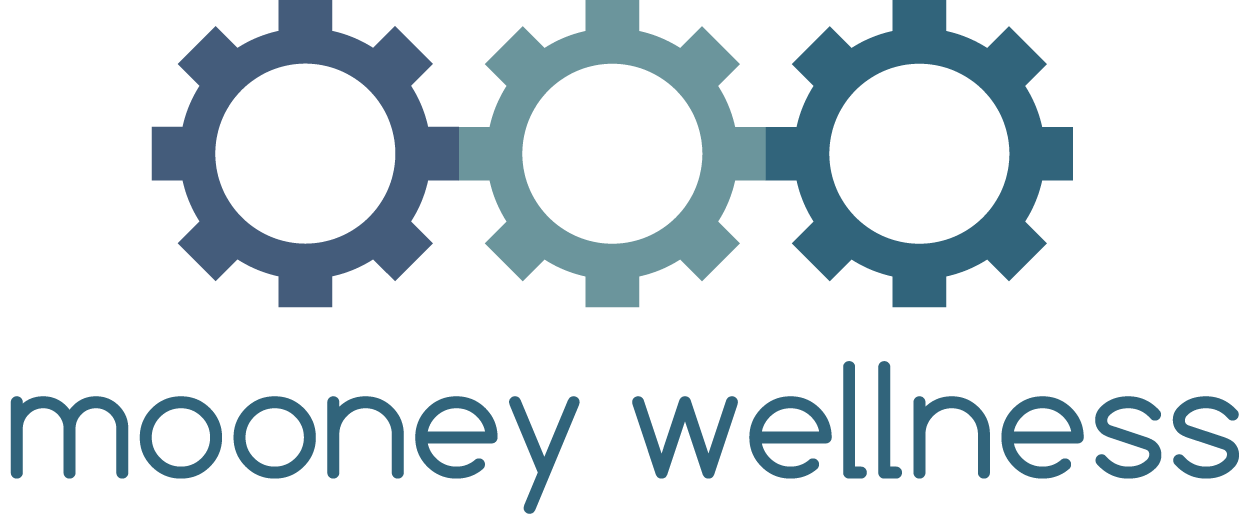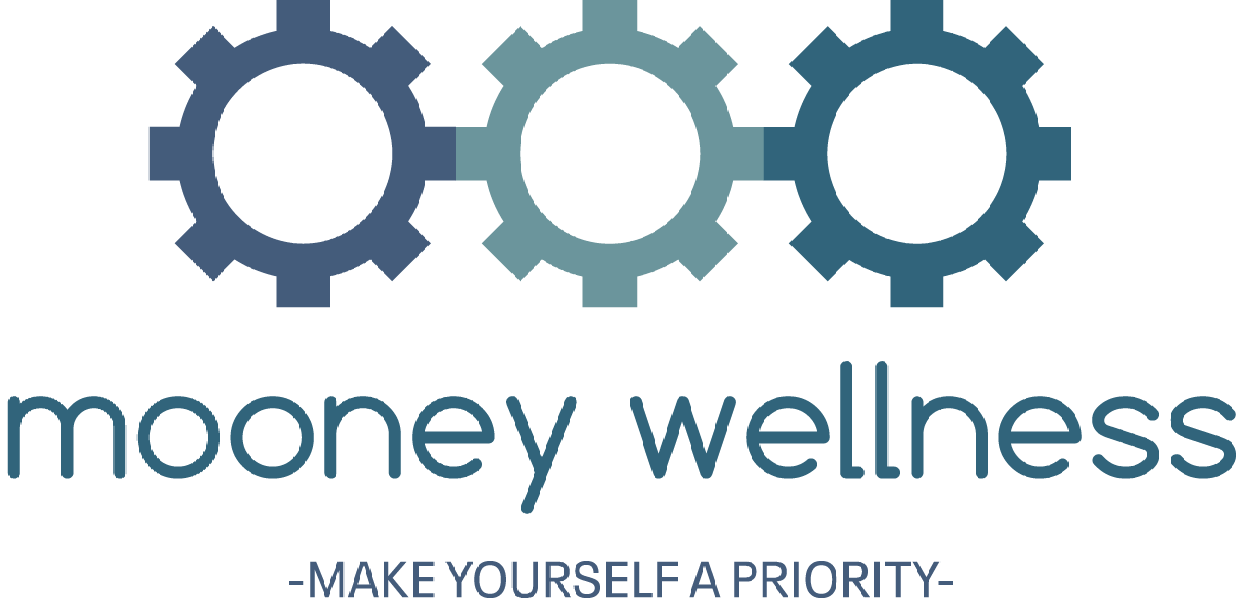By Ben Mooney
•
August 9, 2023
This exercise is designed to amplify your awareness of your internal thought stream. There are two primary goals for this exercise. The first is to transition from being so immersed in internal thoughts that your nervous system reacts. For example, if you are thinking about a work meeting tomorrow, not being prepared, and feeling nervous about presenting to a large group, even though the meeting is tomorrow, you are producing a stress response in your nervous system the moment you are thinking the thoughts. This triggers sympathetic nervous system reaction to produce cortisol, adrenaline/epinephrine, speed up your heart rate, etc. Your body is reacting like there is a danger in your environment even though the meeting is tomorrow. With this exercise, you will practice observing your thoughts, but not allowing a physiological reaction. Example: Move from “Thinker”: I am Frank. I am involved in a stream of thoughts about work responsibilities, preparation, communication, entertaining others, representing my business, demonstrating my value for employment, my desire to be liked, my desire to be smart, etc. Into the mindset of “Observer”: I am watching as Frank’s mind jumps in a stream of thoughts about work, responsibility, presenting, and intrinsic and extrinsic self-worth. As an observer, you are separating the thoughts from the self that is thinking the thoughts. From this perspective, Frank’s thinking does not follow a logical sequence, but rather jumps from one topic to another, and sometimes back. This is how thoughts work. Thoughts are typically not just around one theme. Here is a more realistic thought observation process for Frank might look like: I am watching as Frank’s mind jumps in a stream of thoughts about work, a recent news headline, overwhelming work responsibility, presenting for the meeting tomorrow. And how terrible the last one went, and the sad news from a co-worker earlier this week, a disagreement with a loved one, intrinsic and extrinsic self-worth, and a social media post. You have a mind that is constantly active with subconscious thought loops. This is a natural process in human brains. There is a term called “highway hypnosis” that describes how a driver can safely operate a vehicle, react to the changing environment, with no mental recall of making those decisions, while their mind is focused on other thoughts. This happens with all rote, basic activities of daily life. It’s also commonly referred to as “daydreaming.” The thought loops serve you in so many incredible ways. You can remember past events, predict the future, and consciously decipher complex feelings and emotions, all while keeping a steady heart rate, digesting your food, regulating your internal temperature, and sensing data from the environment for smell, taste, touch, sound, and vision. Meanwhile, you are driving to the grocery store; operating a 3000 lb car, and singing to the song on the radio with precise rhythm and pitch (or so I tell myself). As stated earlier, the first goal of this exercise is to just witness your thoughts as an observer. Through witnessing, you can regulate your internal chemistry. The second goal is to observe themes. We so often ruminate over the same themes throughout our day. I invite you to record these themes. Find a blank piece of paper and write down the topics you find yourself thinking about. It might feel silly to initiate this, but it reveals so much information. It is common to spend a significant quantity of energy immersed in thought about the same themes for weeks, years, and even decades, without questioning why or addressing the root cause of these concepts. You can just start with writing everything that comes to your mind, then placing those thoughts into common categories like connection/relationships, respect/recognition, success/failure, health and wellness, identity, control, and time. All individuals are unique, and the themes you have will likely be different from others, though there are often common similarities. Exercise: Practice observing your thoughts. Set a timer for one minute and observe your mind at work. You will likely have a period of time in the beginning where nothing happens, as you acutely pay attention to the space. Soon, thoughts will visit. Sit with the silence and focus on the stream of thoughts you have. Repeat this exercise several times and note what you observe. Application: First of all, if you are struggling to sleep, and are finally in a silent environment with less stimulation: A) This is not the time to solve your stress. Allocate a scheduled time during the day for this. If you are stuck on a few themes, I have so many tools to help find inner clarity. B) There is a physiological impact of switching from a “thinking” perspective to “observing.” Through thought observation, you are less likely to stimulate the sympathetic reaction of fight of flight. This is an exercise, like a muscle, that you can grow strength from with repetition.



